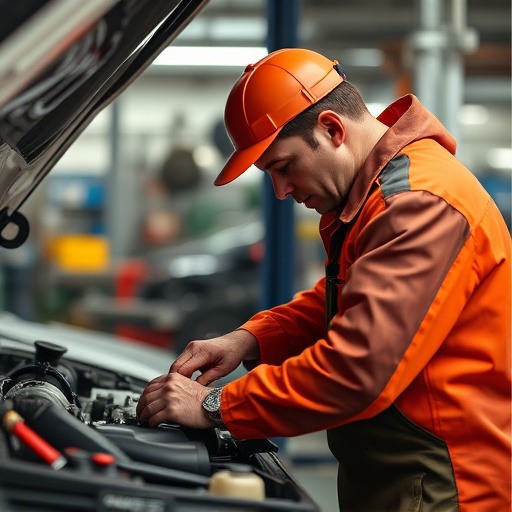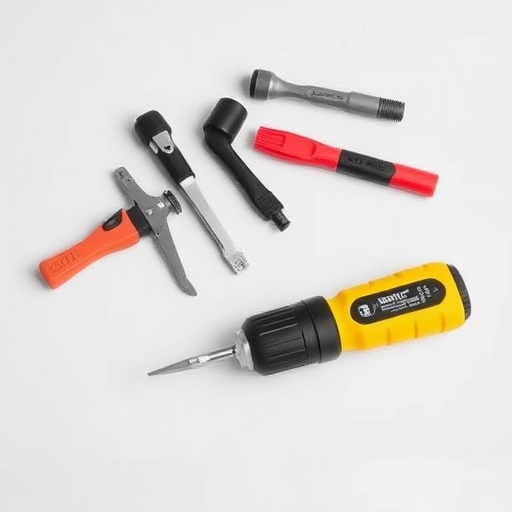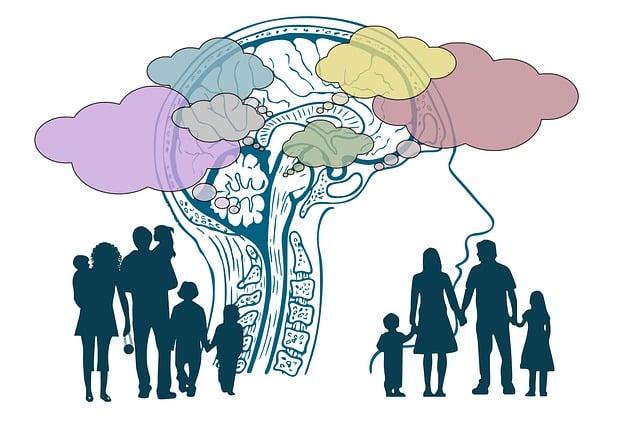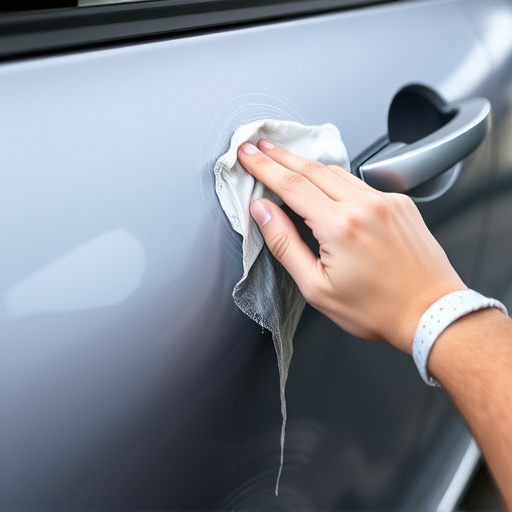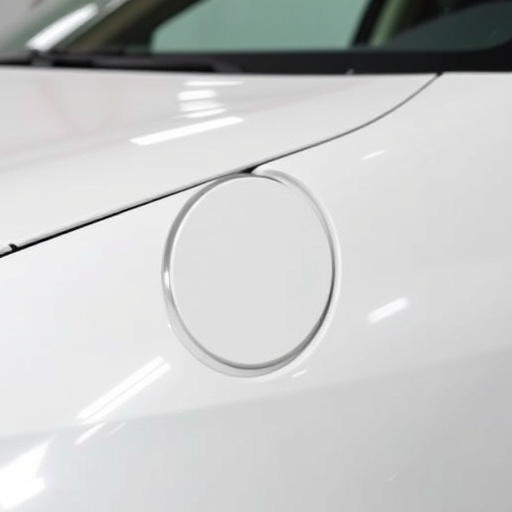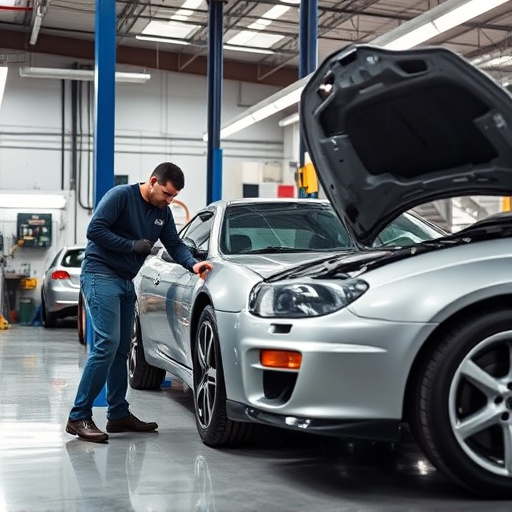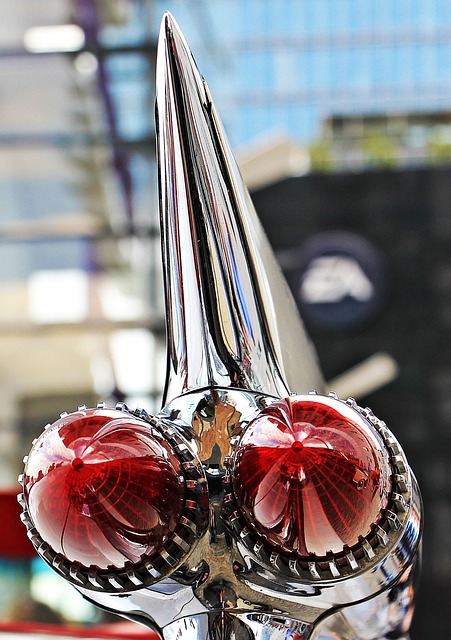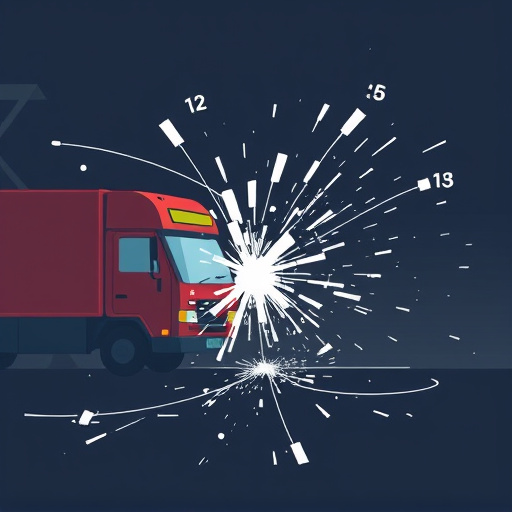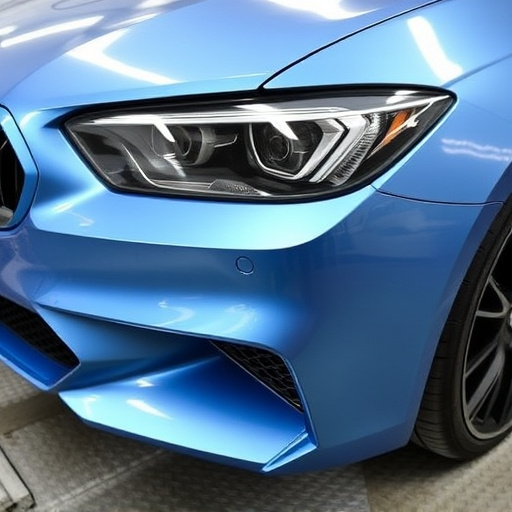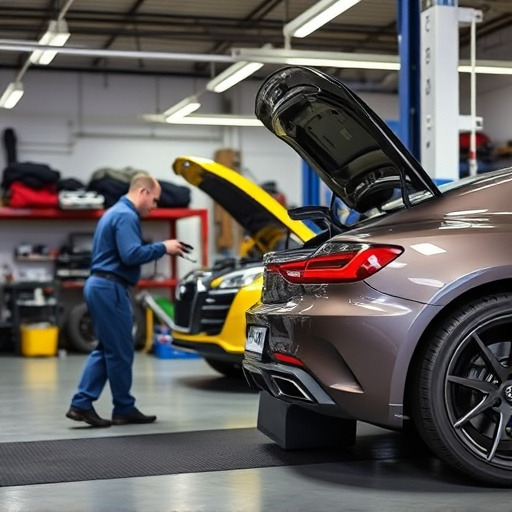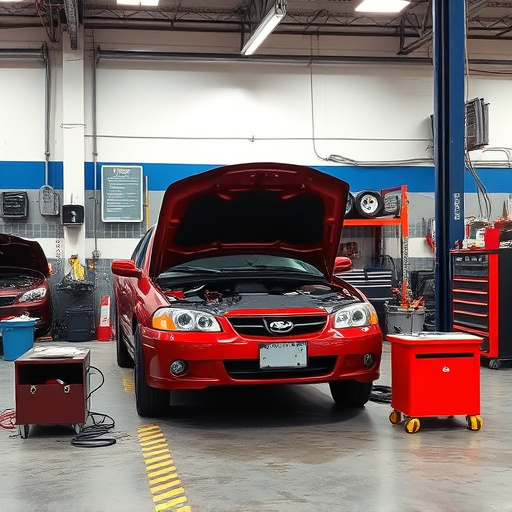Visual evidence, especially high-quality photos, is vital for accurate auto repair estimating, particularly after collisions. Imagery aids in identifying damage like cracks and misalignments, ensuring comprehensive documentation and fair estimates. This visual approach benefits customers and repair shops by providing clear vehicle condition evidence. In the digital era, advanced tools streamline damage assessment, enhancing efficiency, precision, and customer satisfaction in auto repair services.
In today’s digital age, photos and damage reports play a pivotal role in shaping the landscape of auto repair estimating. Visual evidence, such as high-resolution images, offers an unparalleled level of detail, enabling estimators to make more accurate assessments. Damage documentation, including comprehensive reports, ensures that no stone is left unturned during the estimate process. Additionally, technological advancements have introduced digital tools that streamline estimating efficiency, revolutionizing how auto repair shops conduct business and serve their customers.
- Visual Evidence: The Power of Photos in Auto Repair Estimating
- Damage Documentation: Accurate Reports for Better Estimates
- Technology's Role: Digital Tools Enhance Estimating Efficiency
Visual Evidence: The Power of Photos in Auto Repair Estimating

In the realm of auto repair estimating, visual evidence plays a pivotal role in accurately assessing and documenting damage. Photos have emerged as a game-changer, revolutionizing how estimators evaluate vehicles, particularly in the aftermath of collisions. The power of imagery lies in its ability to capture intricate details that might otherwise go unnoticed during a quick inspection. A single photograph can reveal hidden cracks, paint imperfections, or even subtle misalignments, all of which are crucial for precise collision repair estimates.
By examining before-and-after images, auto repair shop estimators can compare the condition of a vehicle to its pre-accident state. This visual approach ensures that every dent, scratch, or crack is accounted for, leading to more accurate and fair estimates. Additionally, photos serve as valuable records, protecting both the customer and the repair shop by providing tangible proof of the damage and the subsequent restoration work, especially in cases of car dent repair.
Damage Documentation: Accurate Reports for Better Estimates

In the realm of auto repair estimating, damage documentation plays a pivotal role. Comprehensive and accurate reports on vehicle condition, especially after incidents like accidents or natural disasters, are essential for generating precise estimates. Today, car repair shops rely heavily on detailed photographic evidence alongside damage reports to ensure their assessments are spot-on. This approach has become even more crucial with the rise of fleet repair services, where maintaining meticulous records is vital for efficient operations and cost control.
The process involves capturing multiple images from various angles, documenting not just visible damages but also subtler issues hidden beneath the surface. Vehicle paint repair, for instance, often requires intricate work to match original colors perfectly. Such meticulous documentation enables auto body shops to provide customers with transparent estimates, fostering trust and promoting satisfaction. This practice is particularly beneficial when dealing with complex repairs, ensuring that every aspect of the vehicle’s condition is considered in the final auto repair estimating process.
Technology's Role: Digital Tools Enhance Estimating Efficiency

In today’s digital age, technology has transformed every aspect of the auto repair industry, and auto repair estimating is no exception. Advanced digital tools are revolutionizing how automotive repair services and collision repair services professionals approach damage assessment and subsequent repairs. These innovative solutions streamline the process, making it more efficient and accurate. With just a few clicks, estimators can access vast databases to compare parts, obtain real-time pricing, and visualize detailed repair procedures, all of which were once time-consuming manual tasks.
One notable benefit is the ability to analyze photos of damaged vehicles swiftly and accurately. Whether it’s a minor bumper repair or more extensive collision damage, visual data allows estimators to make informed decisions quickly. This technology ensures that every repair, from bumper repairs to intricate metalwork, is estimated with precision, leading to better customer satisfaction and reduced turnaround times for collision repair services.
Photos and detailed damage reports have become indispensable tools in modern auto repair estimating. They provide visual evidence that enhances accuracy and efficiency, bridging the gap between initial assessments and final restoration. By leveraging digital tools and embracing comprehensive documentation, auto repair shops can streamline their estimating processes, ultimately leading to better customer satisfaction through precise, data-driven repairs. This approach ensures that every vehicle receives the care it deserves, making auto repair estimating more effective and reliable than ever before.
